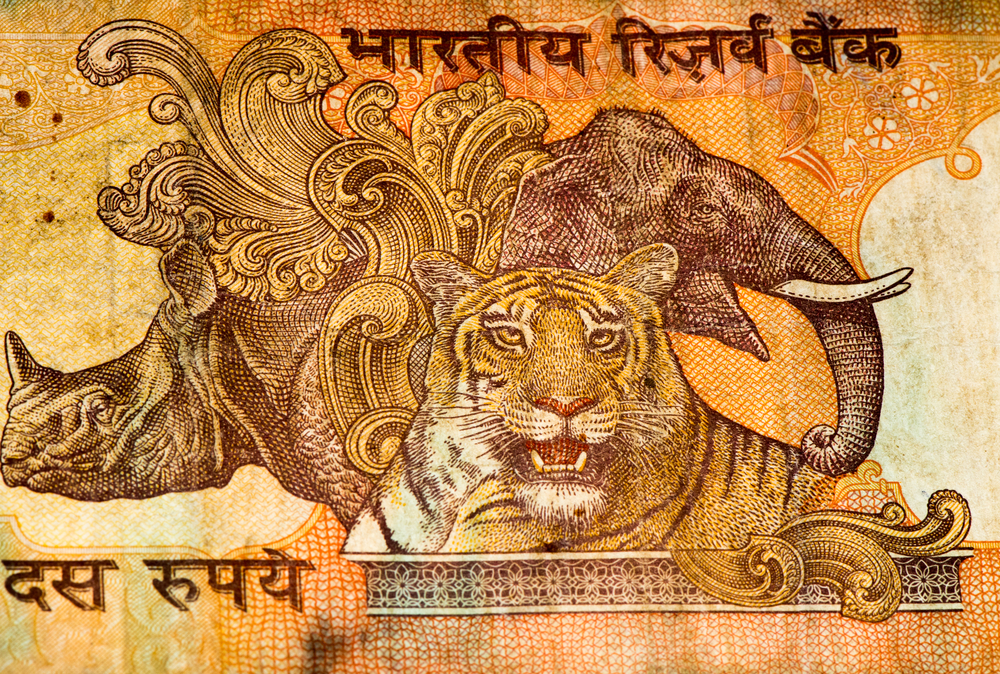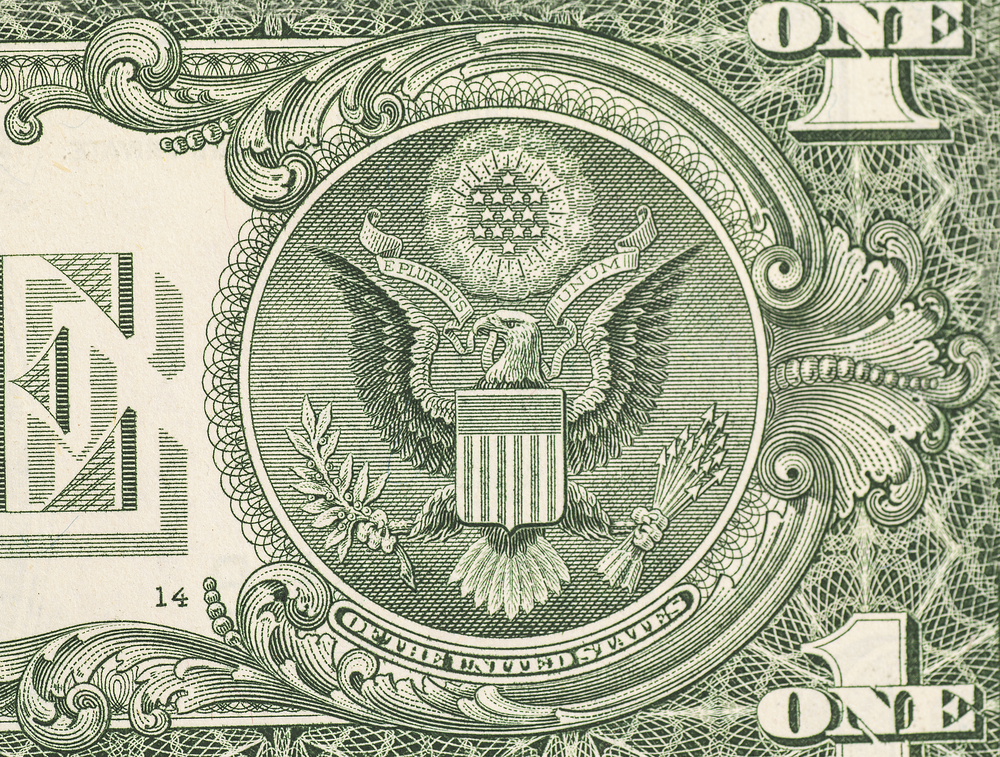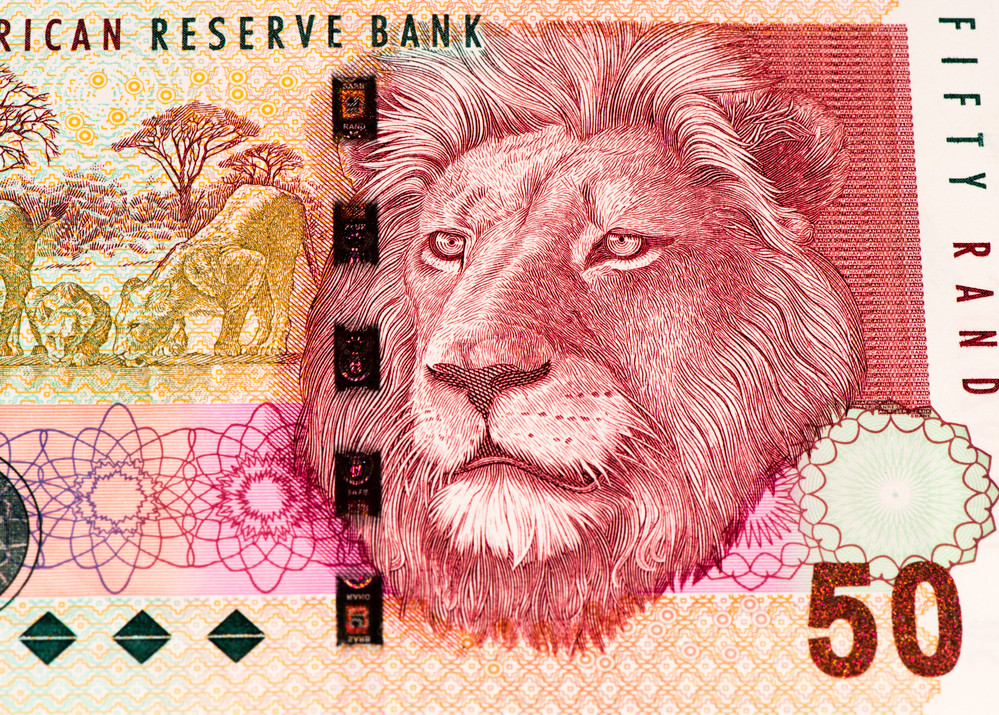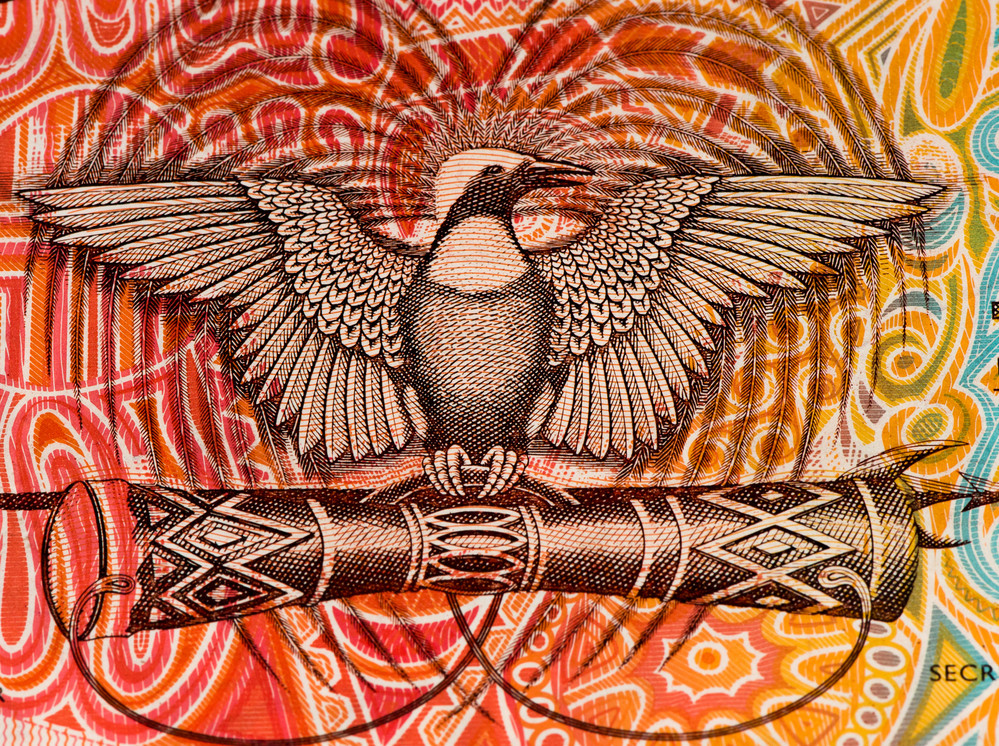Currency. Every society (more or less) uses it, but have you ever stopped to stare at the amazing array of creatures that are detailed on the back of those crumpled pieces of paper (and now, plastic) we stuff into our pockets and wallets each week? From the Philippines’ pikoy, to Bermuda’s bluebird, onto the splendid array of South African safari animals, here are some of nature most beloved beasts, as illustrated on the humble banknote.

South Africa—50 rands
Where better to start than the country with the most prolific featuring of its creatures on banknotes: South Africa. The nation's 50 rand note depicts the majestic lion. Staring off the paper, out past the pride drinking thirstily at the watering hole, this regal animal looks as much king of the currency as he is king of the jungle.
The Philippines—500 pesos
The blue naped parrot is found right across the Philippines and is known locally as pikoy. Once able to feast on a plentiful diet of mangoes, berries, seeds, nuts and grains and living in tree holes, habitat loss has now made this species scarce on most islands except Mindoro and Palawan. If that wasn’t a bad enough the parrot has suffered a pretty unfortunate treatment when it came the incorrect colouring on its beak and feathers on the 500-peso bill.
Mongolia—10 tögrög
Mongolia is famed for its horses, and so it's no surprise that a few of them would end up on the nation's currency. We’re not entirely sure if this is the Mongol horse breed ‘Адуу’ (aduu) or whether they are in fact Przewalski's horses, a rare and endangered subspecies of wild horse (Equus ferus) native to the steppes of central Asia. Perhaps the questions is a touch irrelevant, as very few people will ever see this note, 10 tögrög being the equivalent of a third of a British penny.
Bermuda—Two dollars
Chosen as the 2009 ‘Bank Note of the Year’ by the International Bank Note Society, this colourful piece of currency features a Bermuda, or eastern, bluebird in pride of place. The small bird’s bright-blue breeding plumage has endeared it to many people on the island, who consider it one of the locals. However a genetic study, published in Molecular Ecology in 2013, actually shows that bluebirds are not native to Bermuda at all, but rather put down their roots on the island after European settlers altered the landscape just 400 years ago.
Uganda—50,000 shillings
Another IBNS 'Banknote Of The Year' winner, this time for 2010, the 50,000 Ugandan shilling note is graced by a detailed sketch of a silverback mountain gorilla. Leaning forwards, this fine specimen of a male stares out at the observer, a pensive and almost melancholy expression across his face—while his family are turned away from our gaze, reduced to mere silhouettes fading into obscurity as they disappear away from us. Considering the species is critically endangered and with less than 900 of the animals remaining in the wild, this is perhaps one of the more poignant illustrations of the mountain gorillas’ plight, and there's no small amount of irony to see it etched on money, the very medium of power that has helped cause their drastic disappearance in the first place.
Papua New Guinea—20 kina
The birds of paradise are members of the family Paradisaeidae of the order Passeriformes. The family has 41 species in total and are best known for the plumage of the males, in particular the highly elongated and elaborate feathers extending from the beak, wings, tail or head. We’re not entirely sure which species out of the 41 is shown on this note, seen here sitting atop of a carved ‘hour glass’ drum—if you know what it is, why not drop us a comment to satisfy our curiosity!
South Africa—20 rands
Another classic from South Africa, the 20 rand banknote features an illustration of the country’s iconic elephant herd. The population of African elephants in Southern Africa is actually quite large, comprised of more than 300,000 and still expanding. However they remain a particularly attractive target to poachers, who in 2014, killed a staggering 20,000 of the creatures right across their range.
Japanese—1000 yen
The red-crowned or Japanese crane is known in Japan a symbol of luck, longevity and fidelity. It has have one of the most intricate and beautiful courtship dances in the world. The pair move rhythmically until they are standing close, then throw their heads back and let out a fluting call in unison, often triggering other pairs to start duetting as well. It’s this dance which is depicted on the note, although no piece of paper could ever quite capture the beauty of this wonderful wild duet in action.
Rwanda—1000 Rwandan francs
Returning once more to Africa, the golden monkey (Cercopithecus kandti) is a species of Old World monkey found in the Virunga volcanic mountains of Central Africa. Living in social groups of up to 30 individuals, its diet consists mainly of leaves and fruit, though it is also thought to eat insects. Apart from that, not very much is known about this primate, but we do love the cheeky grin drawn on this fella’s face as he happily shuffles through the undergrowth, on the way to mischief no doubt.
Bangladesh—Two taka
The national bird of Bangladesh, the doyel, or oriental magpie-robin as it’s known in English (we prefer its Bengali name) is a small passerine bird renowned for its singing. With its distinctive black and white markings and a long tail, the birds are conspicuous in urban gardens and forests right across south east Asia and the Indian subcontinent.
India—10 rupees
What list wouldn’t be complete without one of the world’s most recognisable currencies depicting Asia’s mightiest apex predator, the tiger. As anyone with an interest in nature will know, earth’s largest cat species has had a rough ride over the last century, its numbers plummeting from 100,000 at the turn of the century, to just below 4,000 individuals now, half of which on located on the Indian subcontinent. Weighing up to a staggering 310kg, this really is an animal that is beautiful to behold—it’s just a shame this particular illustrator has given one of the main icons of the conservation movement, such a gormless expression!
United States—One dollar
And finally, we couldn't leave you without a mention of the most legendary of all banknotes, the American one dollar bill, and of course, the iconic bald eagle. Part of the Great Seal of the United States, the eagle has its wings outstretched with, from the eagle’s perspective, a bundle of 13 arrows in its left talon (referring to the 13 original states) and an olive branch with 13 olives in its right talon—together symbolising the respective powers of war and peace. Facing local extinction in the late 20th century, populations have since recovered and the species was removed from the U.S. government's list of endangered species on July 12, 1995 and transferred to the list of threatened species. It was removed from the List of Endangered and Threatened Wildlife in the Lower 48 States on June 28, 2007. By every measure, a good note on which to end a long journey through the world's currency creatures.Creature currency: Nature’s most beloved beasts, as illustrated on the humble banknote
Tags: africa, America, art, asia, bangladesh, banknotes, bermuda, currency, illustration, india, japan, lesotho, mongolia, national animals, offbeat, papua new guinea, philippines, rwanda, south africa, uganda












